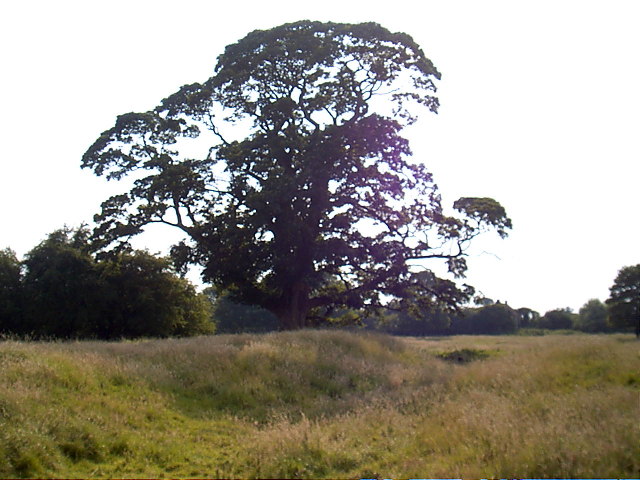Meaux Abbey on:
[Wikipedia]
[Google]
[Amazon]
 Meaux Abbey (archaic, also referred to as ''Melsa'') was a
Meaux Abbey (archaic, also referred to as ''Melsa'') was a
 Meaux Abbey (archaic, also referred to as ''Melsa'') was a
Meaux Abbey (archaic, also referred to as ''Melsa'') was a Cistercian
The Cistercians (), officially the Order of Cistercians (, abbreviated as OCist or SOCist), are a Catholic religious order of monks and nuns that branched off from the Benedictines and follow the Rule of Saint Benedict, as well as the contri ...
abbey
An abbey is a type of monastery used by members of a religious order under the governance of an abbot or abbess. Abbeys provide a complex of buildings and land for religious activities, work, and housing of Christians, Christian monks and nun ...
founded in 1151 by William le Gros, 1st Earl of Albemarle
William le Gros, William le Gras, William d'Aumale, William Crassus (died 20 August 1179) was Earl of York and Lord of Holderness in the English peerage and the Count of Aumale in France. He was the eldest son of Stephen, Count of Aumale, and his ...
( Count of Aumale), Earl of York and 4th Lord of Holderness, near Beverley in the East Riding of Yorkshire
The East Riding of Yorkshire, often abbreviated to the East Riding or East Yorkshire, is a Ceremonial counties of England, ceremonial county in the Yorkshire and the Humber region of England. It borders North Yorkshire to the north and west, S ...
, England.
A chronicle of its history, ''Chronica Monasterii de Melsa'', was written in about 1388 by Thomas Burton, the Bursar
A bursar (derived from ''wikt:bursa, bursa'', Latin for 'Coin purse, purse') is a professional Administrator of the government, administrator in a school or university often with a predominantly financial role. In the United States, bursars usual ...
(later Abbot
Abbot is an ecclesiastical title given to the head of an independent monastery for men in various Western Christian traditions. The name is derived from ''abba'', the Aramaic form of the Hebrew ''ab'', and means "father". The female equivale ...
). The abbey owned the land of Wyke, which was purchased from it by King Edward I of England
Edward I (17/18 June 1239 – 7 July 1307), also known as Edward Longshanks and the Hammer of the Scots (Latin: Malleus Scotorum), was King of England from 1272 to 1307. Concurrently, he was Lord of Ireland, and from 1254 ...
in 1293 to establish the town of Kingston upon Hull
Kingston upon Hull, usually shortened to Hull, is a historic maritime city and unitary authorities of England, unitary authority area in the East Riding of Yorkshire, England. It lies upon the River Hull at its confluence with the Humber Est ...
.
The abbey was closed in 1539 by King Henry VIII
Henry VIII (28 June 149128 January 1547) was King of England from 22 April 1509 until his death in 1547. Henry is known for his six marriages and his efforts to have his first marriage (to Catherine of Aragon) annulled. His disagreement w ...
. It was demolished, and the stones were used to build defences for the town of Kingston upon Hull.
The site of the abbey is a Scheduled Ancient Monument.
References
Sources
* ** ** ** ::The scholarly prefaces to each volume by Edward Bond (later principal librarian of the British Museum) constitute a comprehensive history of the Abbey. The text was collated with the original 14th century manuscripts in the collection of SirThomas Phillipps
Sir Thomas Phillipps, 1st Baronet (2 July 1792 – 6 February 1872), was an English antiquary and book collector who amassed the largest collection of manuscript material in the 19th century. He was an illegitimate son of a textile manufactu ...
in Cheltenham. (Vol. 1, p. lxxxi)
External links
* * Monasteries in the East Riding of Yorkshire Cistercian monasteries in England 1151 establishments in England Christian monasteries established in the 1150s 1539 disestablishments in England Scheduled monuments in the East Riding of Yorkshire Demolished buildings and structures in the East Riding of Yorkshire {{EastRidingofYorkshire-struct-stub